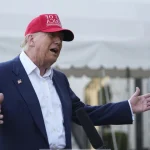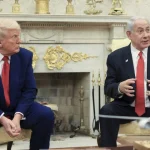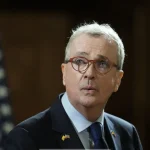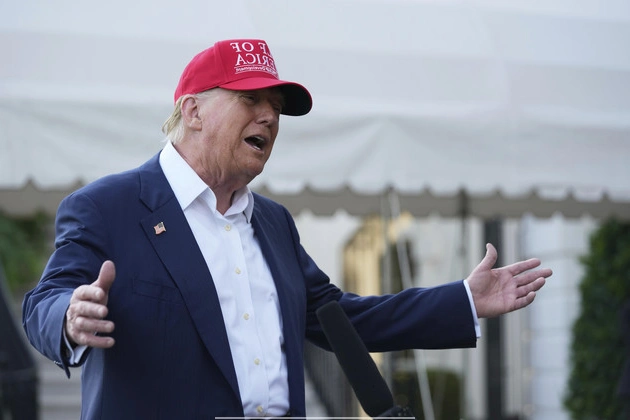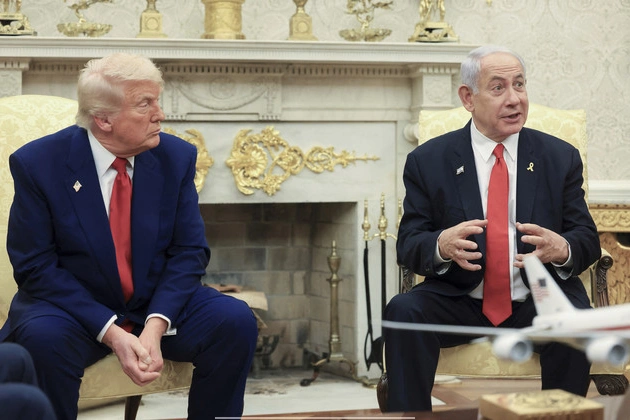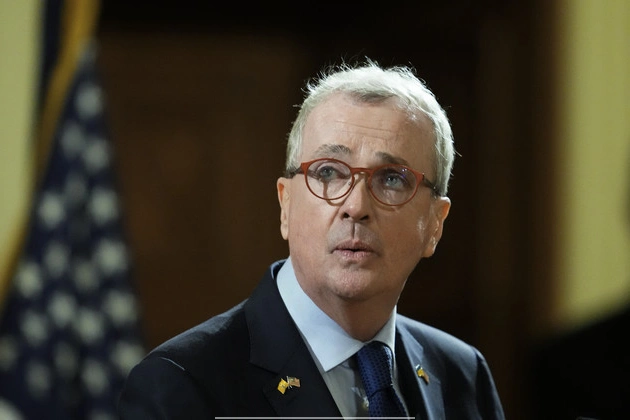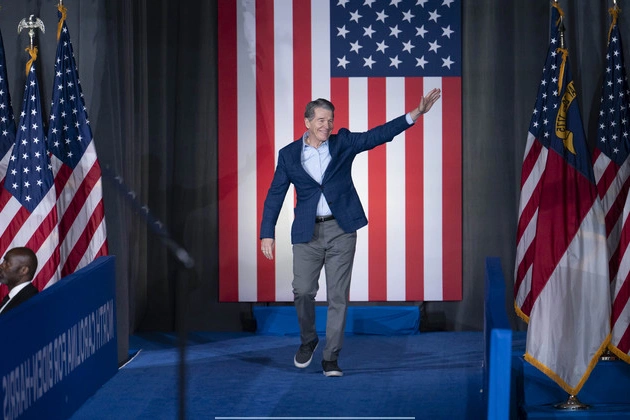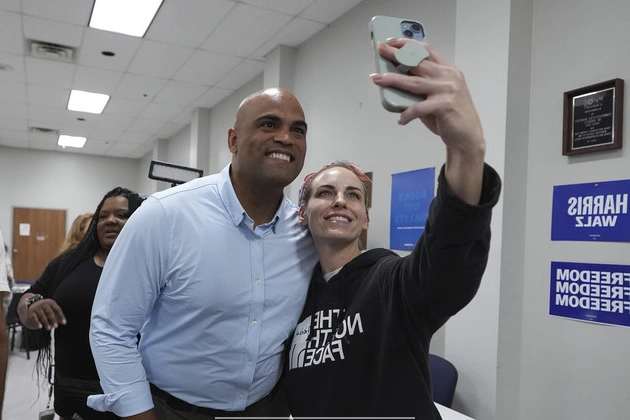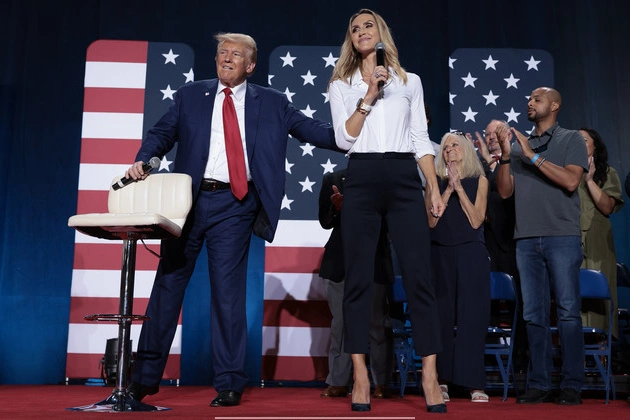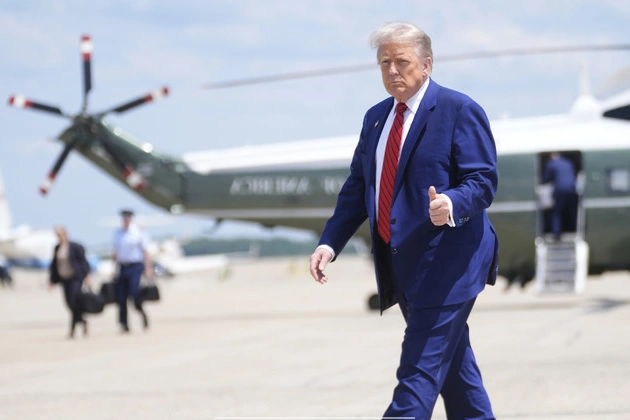
President Trump’s Influence on NATO Summit
President Donald Trump’s stance on NATO defense spending has been a focal point of the recent NATO summit. European leaders are poised to meet his demands by significantly increasing defense spending to 5 percent of GDP, with a split between hard military expenditures and defense-related efforts.
The 5 Percent Pledge and Trump’s Victory
The commitment to reach 5 percent in defense spending marks a significant victory for Trump on the global stage. This move wouldn’t have materialized without Trump’s pressure on European allies to shoulder a greater burden in their defense expenditures.
Challenges Ahead
While the increased spending commitment is a milestone, challenges remain. Countries are facing pressure to accelerate their defense spending timelines, causing friction within the alliance. Spain, with the lowest defense spending rate, is seeking exemptions, highlighting the complexities of meeting the new pledge.
Timeline Discrepancies
Disagreements persist regarding the deadline for reaching the 5 percent goal. While some advocate for a 2030 target, smaller nations prefer extended timelines until 2032 or 2035. This variance in timelines underscores the diverse perspectives within NATO on defense commitments.
Trump’s Influence on Defense Policies
Trump’s approach to defense policies extends beyond NATO, with implications for global defense spending patterns. His administration’s push for increased defense budgets is not limited to NATO members but also extends to non-NATO allies like Japan, setting a new benchmark for global defense standards.
Europeanizing NATO and Future Prospects
The NATO summit signals a shift towards Europeanizing defense efforts within the alliance, paving the way for a more balanced distribution of defense responsibilities. This evolution aligns with Trump’s vision of burden-sharing and underscores the long-term implications of his presidency on global defense dynamics.
